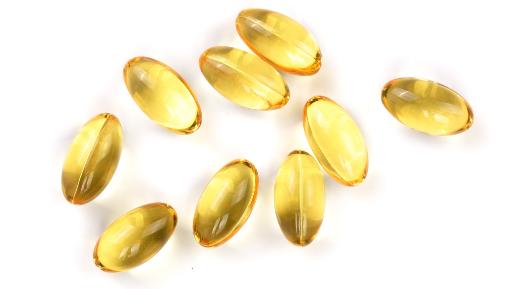DHA is an extremely important unsaturated fatty acid. Like lutein, it cannot be synthesized by the body itself and can only be taken from food. It is an important component of the brain and retina. DHA is very rich in the human retina. The DHA content in the phospholipids of the body retina should be 18-22% of the total fat, especially in the developing retina. , accounting for about 50% of the total fatty acid. It has the effect of enhancing memory, improving intelligence and improving eyesight.
The main content of DHA on the market is 7%, 10% & 15%. Using advanced microcapsule embedding technology, DHA microalgae oil is formed into submicron oil droplets and stably embedded in microcapsules. Its appearance is powdery, without adhesion, agglomeration, deliquescence, good water solubility, stability and fluidity; its color is uniform white or light yellow powder, with a faint docosahexaenoic acid oil smell , no special odor. The product should be stored in a dry place less than -5℃, away from moisture and direct sunlight.
What are the advantages of DHA algal oil microcapsules?
1. Plant sources are pollution-free: they are derived from marine microalgae, which are located in the first layer of the marine food chain and have not been passed through the food chain.
2. Safe and reliable: it adopts a solvent-free extraction process, and there is no solvent residue.
3. Stability: It adopts an innovative embedding process, and its surface oil, peroxide value, and trans fat index are all at the forefront of the industry.
4. Strict quality control: start from the algae source, select high-quality algae species, the total number of colonies in each batch is controlled within 50ppm, the particle size is uniform, and the color is light milky yellow, which can be dissolved in warm water without stirring. The taste is light and pure, and it is widely used in various products.
DHA laws and regulations:
In 2007, according to the "Food Sanitation Law of the People's Republic of China" and "Food Additives Sanitation Management Measures", the regulations on docosahexaenoic acid in food were adjusted. Before December 1, 2008, according to the previous "Food Nutrition Fortification" Foods using docosahexaenoic acid can continue to be sold within the product shelf life.
"Hygienic Standards for the Use of Food Nutrition Fortifiers" (GB14880-2012) was approved by the Ministry of Health on February 22, 1994 and implemented on September 1, 1994. With the development of the food industry, during the implementation of this standard, the inconsistency between the nutritional fortifiers used in infant food and the current series of infant product standards has gradually emerged. To this end, the Ministry of Health has updated and improved the original standards and formulated the "Standards for the Use of Food Nutrition Fortifiers (Draft for Comment)" to solicit opinions from the public.
"Standards for the use of food nutrition fortifiers" (GB14880) stipulates that the content of docosahexaenoic acid (ie DHA) in the modulated milk powder and modulated cream powder (children's formula powder only) must be ≤0.5% of the total fatty acids . The DHA content of rice, wheat flour and their products, such as rice, rice flour, and rice cakes, eaten by children is 66mg/100g.
According to the No. 3 document of 2010, in accordance with the provisions of the Food Safety Law of the People's Republic of China and the Measures for the Administration of New Resource Foods, 7 items including DHA algal oil are now approved as new resource foods, and production and operation shall comply with relevant laws and regulations ,standard regulation. Recommended food intake DHA≤300 mg/day (calculated as pure DHA).

Comments
Post a Comment